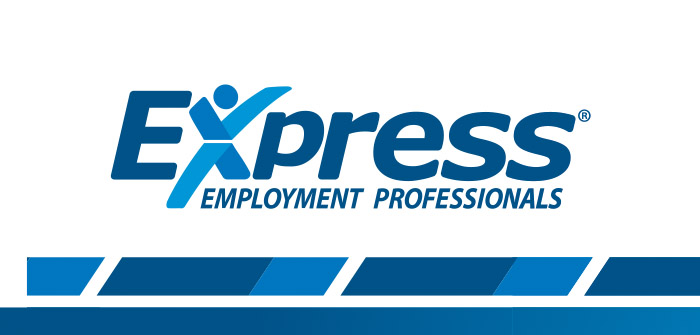4 Quick Tips for More Effective Employee Communication
Source: Movin’ On Up newsletter, a publication of Express Services, Inc.
Most companies dedicate a significant amount of research, planning, and money to communicating with their customers. If a message isn’t crafted just right or the proper channels aren’t used to reach a target audience, there’s a good chance a lot of hard work and effort will go to waste.
The same holds true when communicating to your internal audience. When it comes to conveying important messages to your employees, the extra effort spent ensuring you hit the mark the first time, every time, is the key to keeping your workforce informed and on the same page.
Here are four quick tips for more efficient internal communication with your employees.
Know your audience
In the modern workplace, it’s possible there are as many as five different generations working side by side, each with their preferred ways of communicating. So, it’s important to consider the various communication tactics will ensure your message is retained.
For example, traditionalists, or those born before 1942, tend to have great respect for hierarchy, and would likely be more receptive of communication that comes through an established channel that goes from the top down. Whereas, younger generations, like millennials (born between 1980 – 1996) and Generation Z (born after 1996) often eschew more formal structures and would prefer a less structured and more open path of information.
Even types of jobs can dictate how an employee would best receive communication. The IT department may prefer one type of communication and the marketing department another. The key point is that it’s important to know your audience first, then tailor fit a communication plan that gives the best chance of your message being correctly received by employees.
Set a standard
From email to phone calls to text messages to in-person meetings, your employees are bombarded by a wide range of information throughout the day. That’s why consistency is key when it comes to effective communication. Setting standards for how certain types of messages will be disseminated through the workforce not only helps establish a recognized portal for communication, it also helps eliminate misinformation that comes through “the grapevine.”
Setting up an internal company blog or message board is one method to centralize official internal communication. If you set the standard that important messages will be posted in one, easy to access location, your employees won’t have to worry about whether or not information they received from other sources is accurate.
If you do have a central hub for internal communication, it’s important to stay active. Without the expectation of consistency and access to current content, your employees won’t see it as a useful source and will fall back to less effective means for seeking out company news and information.
Be timely and concise
Gossip and rumors spread like wildfire through a company. Without timely and concise communication, employees are left to build their own narrative, so it’s imperative to be the first source of information. The more time your employees have to make uninformed assumptions based on “the word on the street,” the harder it will be to sort fact from fiction later.
In addition to being timely, it’s also important to leave little room for interpretation—that is, make all communications as concise as possible. In most cases, less is more. If it’s a written message, optimize for readability by using bullets and subheads. If you’re delivering a verbal message, be sure to stop occasionally to check for understanding from your audience and be sure to call out key points.
Give employees a voice
Communication works best when it’s reciprocal. Fostering an open forum where employees are not only able, but feel comfortable asking questions and providing feedback is the best way to build understanding. It’s important to gauge whether or not your communication techniques are successful and your workforce is extracting the right information. Providing an opportunity to voice their interpretation of a message will make you feel confident they understand the information, as well as help pinpoint the most effective techniques for getting your point across.



